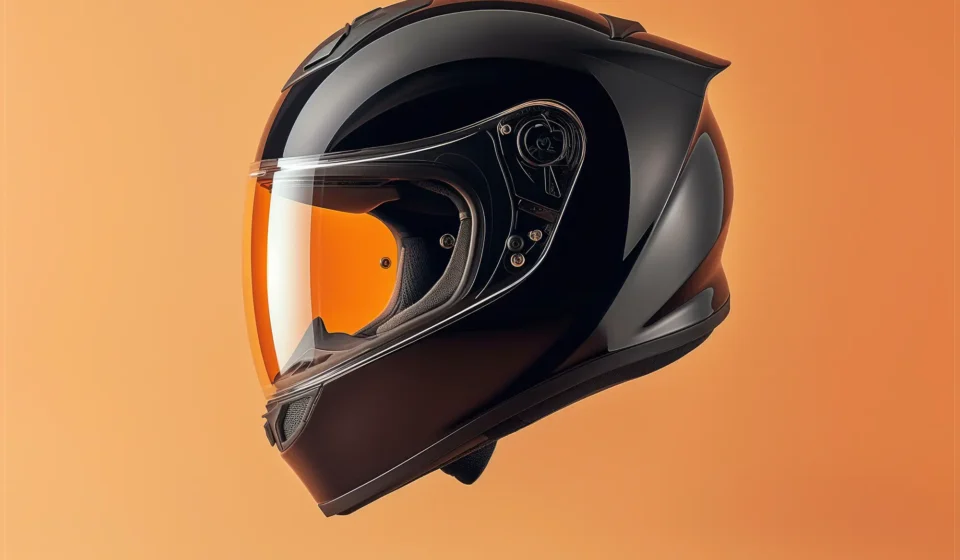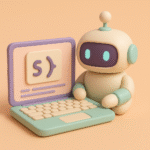
Claude 3.5 Sonnet vs ChatGPT 4o: Can Ai Really Code a UI Without You Lifting a Finger? (The Results Were Shocking)”
Can AI Really Build Your UI for You? Let’s Find Out.
Imagine this: You have a stunning app design in mind, and instead of spending hours coding the layout, you simply describe it to an AI, paste the generated code into your project, and voilà! The UI is ready.
Table Of Content
- Can AI Really Build Your UI for You? Let’s Find Out.
- The Experiment: What I Gave AI to Work With
- Category 1: Accuracy of UI Translation (How Well Did It Match the Design?)
- Category 2: Functionality & Features (Did It Work Out of the Box?)
- Category 3: Error Handling & Debugging (How Easy Was It to Fix Mistakes?)
- Category 4: Instruction Following (How Well Did It Stick to the Prompt?)
- Final Verdict: Which AI Won?
- How to Get Even Better AI-Generated UI Code
- Final Thoughts: AI is Your Assistant, Not a Replacement
Sounds like magic, right? But how close can AI actually get to turning your design into a working layout with zero debugging?
That’s exactly what I set out to test in this AI face-off between ChatGPT 4o and Claude.
The Experiment: What I Gave AI to Work With
Before we get into the results, let’s lay out exactly what both ChatGPT and Claude had to work with.
This wasn’t a vague test—I gave both models the same input, making this a fair, apples-to-apples comparison.
1. The Design Reference (What the UI Should Look Like)
These are the images I provided. The AI wasn’t just making things up—I expected it to match these designs as closely as possible.


2. The Coding Profile (My Development Style)
To ensure AI-generated code fit my workflow, I gave both models clear constraints:
✅ Tech Stack: Next.js + shadcn.
✅ File Structure: All code must fit into just two files (layout.js and playground.js).
✅ No Debugging Allowed: I could only copy & paste—if the code didn’t work immediately, that counted as a failure.
✅ UI Features: The AI needed to implement:
- A Compare button that splits the screen.
- A toggle for streaming mode (this was an explicit instruction).
3. The Exact Prompt I Used
To make this test 100% fair, I gave both AI models the same prompt:
i am building an ai app with nextjs and shadcn. the app will be used to generate automated testing with llms. i want to be able to test different prompts with the same model settings on the right in the images. i want to add an option to turn on and off streaming. most importantly when compare is clicked the screen is spilt in 2 and both textareas will now have their own model controls that will be different. there should be an option to sync the 2 (which means they will have the same temperature etc. but can have different models). can you build the layout for me in nextjs. using my coding profile and the latest app router. build the layout file and the main src/app/playground.js. for components that we will separate later ensure that their are comments to the top and bottom with the component name so it is easy to replace later in the process. this is to make it easy to test the layout. keep the same colors as above and text and layout. do you have any questions before you generate the code?
Now that you know exactly what I asked AI to do, let’s see which one actually followed instructions and delivered a UI that worked right out of the box.
Let’s break down their performance, category by category.
Category 1: Accuracy of UI Translation (How Well Did It Match the Design?)
What matters here?
When using AI for UI generation, the biggest fear is that it won’t look like what you imagined. Can AI actually follow a reference image accurately?
Claude’s Performance: ★★★★☆ (4/5)
Claude followed my design instructions almost to the letter. The structure, spacing, and layout closely matched the provided images, hitting 99% accuracy. The only mistake? It referenced an icon that didn’t exist, which caused an error.

ChatGPT 4o’s Performance: ★★☆☆☆ (2/5)
ChatGPT produced code that did not initially match the provided images. Major gaps included:
- Missing a submit button.
- Styles that didn’t align with the reference.
- A missing
comparefeature in the first attempt.
After one reprompt, the layout improved, but it still wasn’t a perfect match to the provided design.

Winner: Claude
Claude nailed the UI details better on the first attempt, making it the better choice if visual accuracy is your top priority.
Category 2: Functionality & Features (Did It Work Out of the Box?)
What matters here?
A perfect-looking UI is useless if it doesn’t function. The core feature was:
- A “Compare” button that splits the screen into two sections.
- A toggle for streaming mode.
- A sync button (extra points for creativity).
Claude’s Performance: ★★★☆☆ (3/5)
- The “Compare” button worked immediately—great!
- However, the toggle for streaming was missing, even though I specifically requested it.
- The sync button? Ignored.

ChatGPT 4o’s Performance: ★★★★☆ (4/5)
- Like Claude, the “Compare” button worked immediately.
- But ChatGPT included the streaming toggle and added a sync button.
- Bonus: The sync button was disabled until the Compare button was clicked—an extra UX touch that wasn’t in my original prompt!


Winner: ChatGPT 4o
Even though Claude was more accurate in layout, ChatGPT actually followed my feature requests better and even improved UX without being asked.
Category 3: Error Handling & Debugging (How Easy Was It to Fix Mistakes?)
What matters here?
AI-generated code will never be 100% perfect. The key question: How easily can you fix mistakes with the same AI?
Claude’s Performance: ★★★★★ (5/5)
Claude made one mistake—referencing a missing icon. When I copied the error and pasted it back into Claude, it fixed it instantly. No manual debugging was needed.
ChatGPT 4o’s Performance: ★★★☆☆ (3/5)
ChatGPT’s code didn’t work on the first try because it referenced a missing component that it hadn’t built. I had to reprompt manually to get usable code.
Winner: Claude
Claude was more reliable because it fixed its own mistake immediately without needing me to think through the issue.
Category 4: Instruction Following (How Well Did It Stick to the Prompt?)
What matters here?
Sometimes AI “hallucinates” or ignores parts of a prompt. I needed an AI that could follow my instructions precisely.
Claude’s Performance: ★★★★☆ (4/5)
Claude followed almost everything exactly, except for ignoring the toggle feature.
ChatGPT 4o’s Performance: ★★★☆☆ (3/5)
ChatGPT added things I didn’t ask for (like the disabled sync button) but also forgot the submit button and needed reprompting to fix the layout.
Winner: Claude
While ChatGPT added some creative touches, Claude was more precise in following my instructions.
Final Verdict: Which AI Won?
Here’s a breakdown of the scores:
| Category | Claude | ChatGPT 4o | Winner |
|---|---|---|---|
| UI Accuracy | ★★★★☆ (4) | ★★☆☆☆ (2) | Claude |
| Functionality & Features | ★★★☆☆ (3) | ★★★★☆ (4) | ChatGPT 4o |
| Error Handling | ★★★★★ (5) | ★★★☆☆ (3) | Claude |
| Instruction Following | ★★★★☆ (4) | ★★★☆☆ (3) | Claude |
🏆 Overall Winner: Claude (3-1)
While ChatGPT 4o had better functionality, Claude was more reliable, accurate, and easier to debug—making it the better option for UI/UX generation with minimal effort.
How to Get Even Better AI-Generated UI Code
If you’re using AI to help with UI/UX, here are some takeaways to get the best results:
- Give AI a Visual Reference
- If possible, provide an image or detailed text descriptions of what you want.
- Break Your Request into Steps
- Instead of generating an entire UI at once, start with the layout first, then add functionality in a second request.
- Use Iterative Debugging
- If something breaks, paste the error back into the AI rather than debugging manually.
- Test Different AIs for Different Tasks
- If you need pixel-perfect design, Claude might be better.
- If you need AI that thinks ahead and improves UX, ChatGPT 4o might be better.
Final Thoughts: AI is Your Assistant, Not a Replacement
This experiment shows that AI is already capable of building UI layouts and functionality with remarkable accuracy.
But it’s not perfect—and that’s okay. The key is knowing how to work with AI rather than expecting perfect results in one shot.
If you’ve never coded before, this is your sign to start. Even if AI doesn’t get everything right, it still saves hours of work—and that’s powerful.
Your turn: Have you tried using AI to generate UI? What were your results? Drop your thoughts below!




